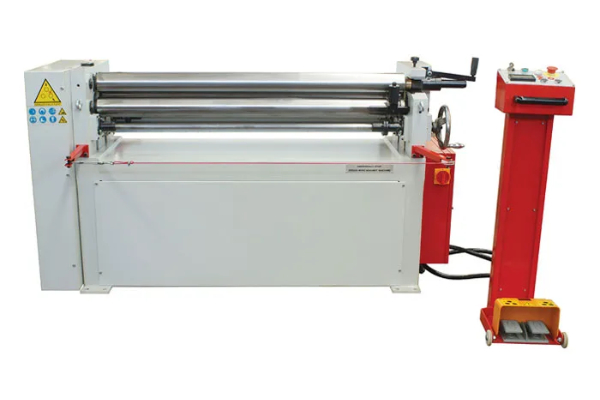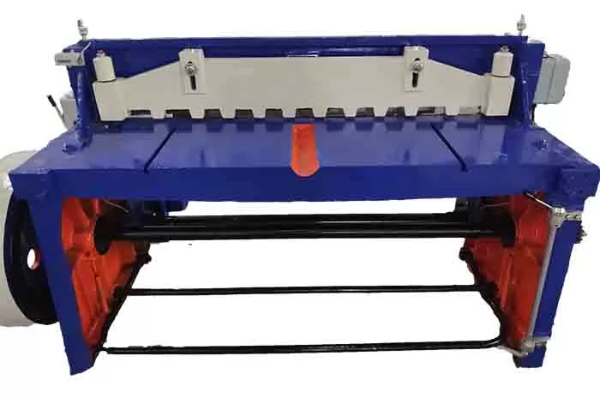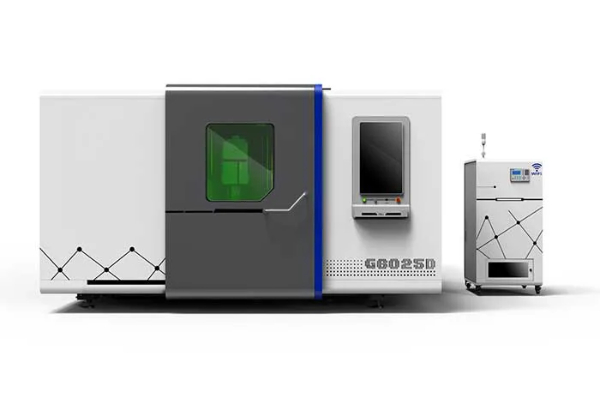
Overcoming Common Challenges with Metal Bending Machines
- By:Metmac
- 2024-05-21
- 114
In the realm of metalworking, the precision and efficiency of bending machines are paramount. Yet, even the most advanced devices can encounter obstacles that hinder their optimal performance. Here are some of the most prevalent challenges and strategies for conquering them:
Metallurgical Fissures: Metal bending can induce stress and strain, potentially leading to cracks or fractures. To mitigate this, select the appropriate alloy or temper for the bending process and ensure proper heat treatment to enhance ductility.
Alignment Disparities: Misaligned components, such as dies or punches, can result in irregular bends or damage to the machine. Diligent maintenance and regular calibration are crucial to maintain alignment accuracy.
Incomplete Bends: Insufficient force or improper tooling can prevent the metal from fully bending. Employing higher tonnage machines or optimizing tooling design can address this issue.
Surface Marring: Inappropriate die materials or excessive pressure can cause scratches or indentations on the metal’s surface. Using a protective film or selecting dies with a smooth finish can minimize surface damage.
Springback Compensation: Metal tends to “spring back” after bending, affecting the final bend angle. Incorporating springback calculations into the bending process and using multi-stage bending can compensate for this behavior.
Material Thickness Variations: Variations in material thickness can lead to inconsistent bend angles. Precisely measuring the material’s thickness before bending and adjusting the machine settings accordingly is essential.
Cost Optimization: Metal bending machines can be expensive investments. Exploring rental options, utilizing downtime for maintenance, and investing in energy-efficient models can optimize costs over time.
Overcoming these challenges requires a comprehensive approach involving equipment maintenance, skilled operators, and a deep understanding of metal properties. By addressing these obstacles, metalworking professionals can harness the full potential of their bending machines, ensuring precision, efficiency, and cost-effectiveness in their operations.
-
The Advantages of Using a Sheet Roll Forming Machine in Manufacturing
2024/09/14 -
How to Optimize Your Laser Sheet Cutting Machine for Maximum Performance
2024/09/12 -
How to Maximize Efficiency with Modern Sheet Metal Working Machines
2024/09/04 -
The Environmental Benefits of Using Duct Board Grooving Machines
2024/09/03
-
A Guide to the Latest Innovations in Sheet Metal Folding Machines
2024/11/29 -
Key Features to Consider When Investing in a Sheet Metal Folding Machine
2024/11/28 -
Enhancing Precision with Advanced Sheet Metal Folding Machines
2024/11/27 -
How to Choose the Right Sheet Metal Folding Machine for Your Workshop
2024/11/26



